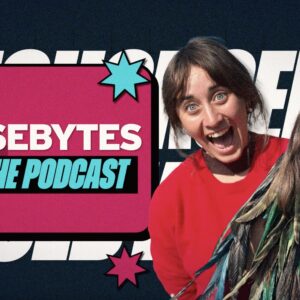In 1982, 40% of all horses registered with the USEF were Thoroughbred. By 2010, that figure had diminished to just 10%. This drastic decline underscored a widening rift between the thoroughbred and sport horse industries, which puzzled horsemen with feet planted in both worlds. Thoroughbreds are one of nature’s most naturally gifted, versatile and willing athletes, readily available to anyone with a inclination to retrain them; and yet, nobody was.
It was a wake-up call for lifelong horseman and thoroughbred advocate Steuart Pittman, who decided to do something about it. The result is the non-profit that has quickly evolved into a household name, the Retired Racehorse Project, established with a mission “to facilitate placement of Thoroughbred ex-racehorses in second careers by increasing demand for them in equestrian sports and serving the farms, trainers, and organizations that transition them.”
The RRP’s mission culminates each year in the Thoroughbred Makeover and National Symposium, which for the third year in a row was held in the heart of Thoroughbred country at The Kentucky Horse Park, October 5-8.

The 2017 Makeover featured 375 freshly retired racehorses under the tutelage of trainers from across the country in one of ten possible disciplines in which to re-train their thoroughbred. While the mission remains the same, the stakes have certainly been raised, with $100,000 in prize money up for grabs, thanks to sponsors like the Thoroughbred Charities of America.
From millionaire stakes winners to hard-knocking warriors, western saddles to english, professionals to amateurs old and young, each horse and rider team has a unique story to tell. Here’s a few of them:
Racing fans will probably remember Nates Mineshaft, the small but mighty rocket who earned more than $850,000 in 39 career starts. These days Nate is an aspiring trail horse in the familiar hands of his longtime vet, Dr. Shannon Reed.
Mister Marti Gras earned over $1,000,000 in his racing career before finding his way to eventer Mandy Weissmann last year. It was a collective effort from a team of horsemen that cared for “Krewe” from birth, on through his first career and beyond.
“I just love this horse show. The people here are here for the right reasons. They want to rebuilt the thoroughbred and want what’s best for the horse.” Meet the mother/daughter duo Gretchen and Kate Pani, and their warhorse Sayler’s Creek.
With a name like Bad Boy Rocket, perhaps it shouldn’t have been a surprise that he did more bucking than running during his time at the track. Fortunately, he found his way to Morris Farm Eventing, who is patiently bringing him along in the sandbox.


 October 10, 2017
October 10, 2017 



























